19 BTS Facts About “Avatar: The Way Of Water”
After 13 years, we finally have a sequel to James Cameron’s epic sci-fi film, with Avatar: The Way of Water.
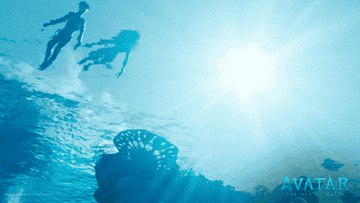
@Avatar / Lightstorm Entertainment / Via giphy.com
I don’t know about you, but I was pretty excited to dust off my 3D glasses (no, I don’t think I’ve seen another 3D film since!) and see what the Na’vi humanoid people have been up to. I couldn’t wait to find out where Jake Sully’s (Sam Worthington) character ended up, the impact of Grace’s (Sigourney Weaver) fate on the human and Na’vi bond, and to step out of this world and into the glorious setting of the fictional planet of Pandora.
Spoiler alert: I enjoyed every minute of the sequel.
For a film of epic proportions, I had to know more about the behind-the-scenes process for all of us film nerds out there. So, I bring to you, 19 of my favorite BTS facts about the new film…
1.The film’s budget is a whopping amount.

Director James Cameron has tried to keep the lid sealed on just how much Avatar: The Way of Water cost to produce, but he hasn’t shied away from dropping in interviews that it was, and I quote, “very f**cking expensive.” He’s also expressed that the film possibly represented the worst business case in movie history, as in order to be profitable, it would have to be the third or fourth highest-grossing film in history just to break even.
Sounds like a lot, doesn’t it? Well, the latest sources have now hit Cameron’s point home, as it was recently revealed that the film could have cost a ginormous $350-$400 million. Yikes!
2.Everything the animated characters do on screen, the actors played out in real life.
3.And, the actors' skills were put to the test even more with Cameron opting for wet-for-wet photography.

Forget the floating rigs and green screens, James Cameron was set on shooting the (many) water sequences in actual water to make the scenes as real as possible.
As visual effects supervisor, Richie Baneham, explained in an interview, “If an actor is genuinely in water, there’s a viscous resistance. It informs the actor’s choices. … That’s what makes it feel real.”
When watching the film, you’ll really notice and get a feel for the effort that has gone into the underwater moments, from the seamless riding of the Skimwing sea creature, to how the character's hands sway when interacting with the aquatic plants. Whilst the actors and stunt team may not really be in Pandora’s ocean, you’ll spot these magical moments that would have probably felt a little more stiff and unnatural if filmed on dry land…(don’t mention Aquaman, don’t mention Aquaman).
4.You guessed it, the underwater tanks were specifically created for the film.

Two massive tanks were engineered at Manhattan Beach Studios to help bring Cameron’s wet-for-wet plan to life.
One of the tanks was used for training and intimate character moments, whilst the other beast of a tank (measuring 120 feet long, 60 feet wide, and 30 feet deep with a 250,000-gallon capacity, to be exact) was full of wave and current machines designed to enhance the action-packed sequences.
Mind. Blown.
5.Even the epic finale fight scene was acted out, UNDERWATER.
6.The cast and crew logged over 200,000 free dive hours.

Supervising master diver for Avatar: The Way of Water, John Garvin, stated that more than 200,000 dives had gone into making what he thought was the “most complicated diving movie ever made.” In the interview, he expressed that this number includes the amount of free dives, which were also difficult to log because some of them ranged from 30 to 60 seconds, while others were consistently longer!
Garvin explained that on a typical busy shoot day, you’d see 26 scuba divers and free divers in the water at once, going up and down like yo-yos. That’s not forgetting about the grip and lighting department who were forever submerging to tweak something on the set.
It’s one thing to imagine how hard it must have been for the actors to fully convey their storylines whilst submerged, let alone the amount of group effort it must have taken for the cast and crew to log that many hours of hard, underwater work!
7.Kate Winslet smashed Tom Cruise’s breath hold record.
8.James Cameron opted for 3D cameras over converting the movie to 3D.
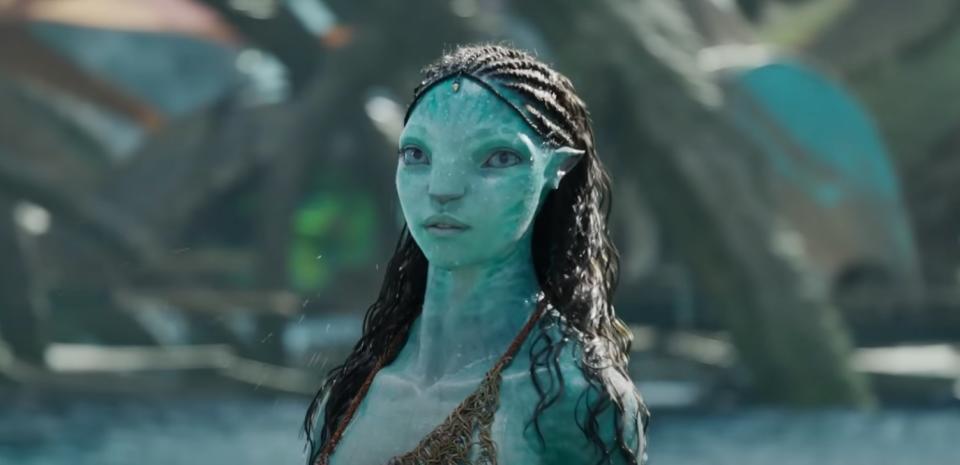
Many films choose to convert a movie to 3D in post production. If you reflect on the 3D films over the years, you may not recall many of them actually being shot on 3D cameras — take the gimmicky slasher remake, My Bloody Valentine (2009), as just one example.
Not Cameron, though. The director ensured the film was filmed for IMAX and in 3D, with a special Sony CineAlta Venice 3D system that could be used underwater. Is there anything this man doesn’t do?!
9.57 new species of sea creatures were created for the film.

Whilst an apparent 57 new species of sea creatures were created for the film, it’s no surprise that Cameron’s ideas for Pandora were inspired by the marine life that exists (or used to exist) right here on earth.
When talking about the Ilu, the rather domesticated reef swimmer, Cameron spoke about how it has the neck of a Plesiosaurus and the body of a manta ray that had lower and upper wings.
When watching the film, you’ll spot other unworldly wonders that are still a bit familiar to the eye — here’s looking at the Tulkuns in particular!
10.The Na’vi costumes were made in real life first.

I don’t know about you, but I really thought the Na’vi garments would have been something that was crafted from scratch by a digital team.
James Cameron, I’m sorry I doubted you.
Turns out, the costume designer, Deborah L. Scott, and her team built every single bracelet, necklace, and fabrics worn by the Na’vi people. The reason for this? “Because the technology is so good at capturing the image and texture of these pieces, you can’t draw it in the computer and expect it to have the three-dimensional life it has.” So, the costume department put in a ton of effort to make sure the designs, fabric, and how everything interacted with the water would inform the digital artists well enough to get it to look real!
11.Filming didn’t start until all five Avatar films had been written.

With five films in mind for Avatar, Cameron followed in the steps of Peter Jackson by waiting to start filming the sequel until all of the scripts for Avatar 2, 3, 4, and 5 were complete!
Jackson took this approach for The Lord of the Rings trilogy, and safe to say, the result was a masterpiece, so Cameron decided to follow a tried and tested method. In an interview, Cameron explained that he had to “play this [to actors] as if the books already existed,” so the only way to do that was to write all the scripts and let the actors see just how far their characters were going and what it all meant.
Now that’s got me wanting a sneak peak of what’s to come!
12.AND, it took a whole three years!

We really did wait a long time for this sequel, and for good reason!
With so much time being spent on the writing for all of the remaining Avatar films, it’s no wonder that filming also took a pretty long time, with shooting starting in 2017 and wrapping in 2020.
The making of Avatar 2 was a long process for sure. To put the filming time into perspective, one of the biggest grossing blockbuster films in recent years, Avengers: Endgame, was filmed within just five months.
13.Cameron wrote 1,500 pages of notes for the four writers who had the task of turning it into the scripts.

The director wrote the 1,500 pages of notes to create a visually detailed universe for the writers. The team included Josh Friedman (War of the Worlds), Shane Salerno (Armageddon), and Rick Jaffa and Amanda Silver (Rise of the Planet of the Apes).
In terms of the process, Cameron and the writing team sat in the writing room for eight hours a day over five months, working out the story across all remaining Avatar films so it connected as one saga. One trick in his book was to not tell each writer which film they’d actually been assigned to until the last day, so everyone was equally invested across all stories. Sneaky and clever!
14.Apparently, one story idea could have bombed.

According to writers Jaffa and Silver, there’s one moment in the film that they believed to be a “high-wire act” because if it wasn’t done correctly, viewers may have thought it was too crazy and not bought into it.
The risky moment? The friendship exploration of Lo’ak (Britain Dalton) and the giant Tulkun, Payakan. Apparently, the worries were over the fact that it’s a storyline that is pretty alien to viewers!
15.The movie was basically edited twice.

Avatar: The Way of Water listed four main editors in the credits with director James Cameron, Stephen Rivkin, John Refoua, and David Brenner completing the team.
Cameron expressed that the four editors were “run of show for five years, with two other editors who were in for a year or a couple of years, and then a staff of about a dozen assistants split between LA and New Zealand.”
The process was intensive because the team basically edited the whole movie twice as Rivkin explains: “Our first tasks as scenes are shot is to go through the dailies with [Cameron], find out what he’s interested in, and create what we call a performance edit. After that, Cameron begins his virtual camera process by figuring out what’s a closeup or wide shot etc., tweaking the lighting, and as those shots come into the editing room, they basically have to edit everything again!"
16.Composer Simon Franglen led the music, following in the steps of the late James Horner.
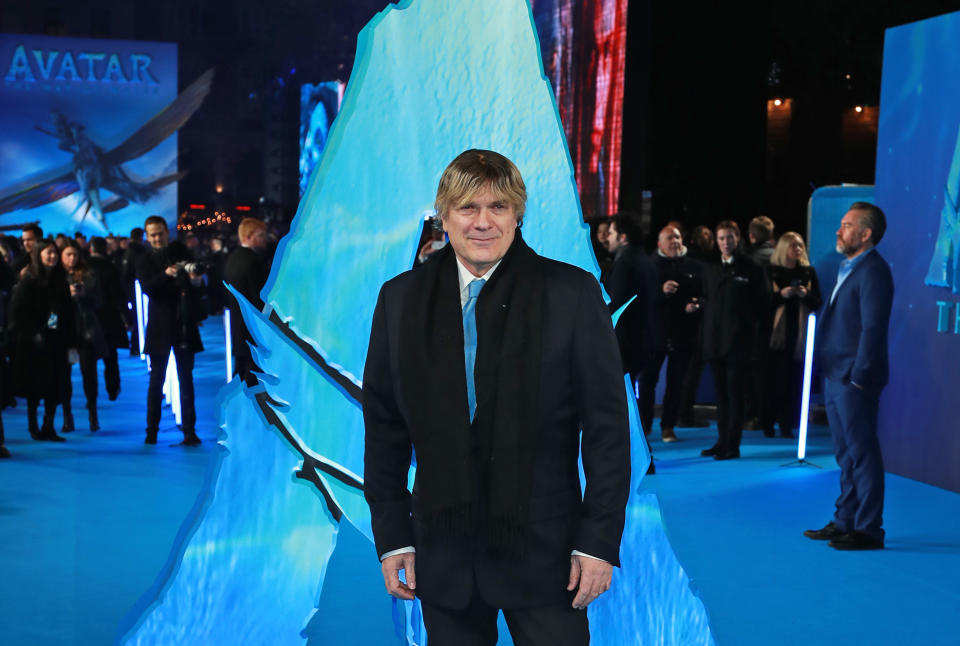
James Horner had led the score for the first Avatar, apparently even making some of his own instruments to bring the world of Pandora to life via music. Sadly, his death in 2015 meant that the Avatar sequels would go on without him; however, composer Simon Franglen who had previously worked with Horner, was able to evolve the score for the sequel whilst still honoring the late composer.
“I’ve been tasked with bringing new textures, voices, and elements to the score. The sea is integral to many of the themes and motifs in my score; the scintillation of light, the ebb and flow of waves, and the connection of the Na’vi with the water were all inspirations,” says Franglen.
17.Sigourney Weaver input into Kiri’s character.
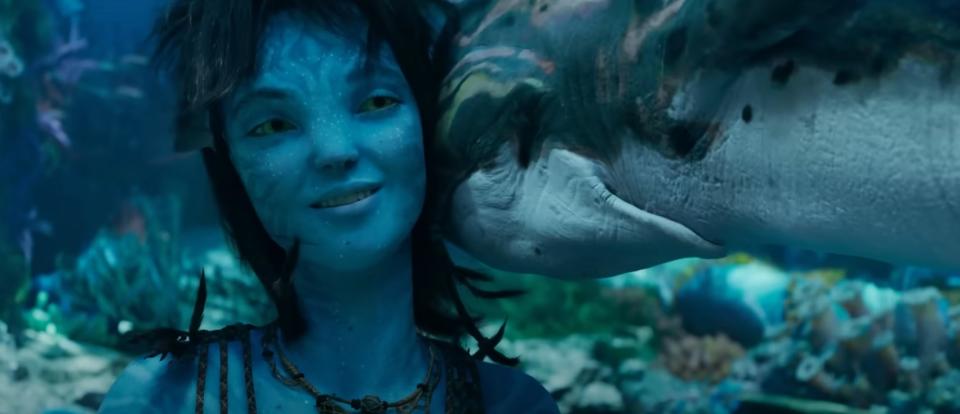
One crazy thing about the technology in Avatar is that Sigourney Weaver was able to play a 14-year-old girl, and really pull it off, if I might add.
Kiri is Jake and Neytiri’s adopted daughter, and one who seems to have an affinity with the world around her. She’s a quirky and strong character, and super likable! But, when Weaver first saw Kiri’s initial design, she objected to it because she felt it was too neat and too pretty, so Kiri was developed to have a bit of a messier design and for her to be more like the awkward teenager she was meant to be.
18.The rendering of Avatar 2 caused Wētā to outgrow the power grid.

Wētā FX outgrew the power grid which supported its data center in Wellington, New Zealand, as it got ready to render shots from the new film. Apparently, Avatar 2 averaged 500 iterations per shot, all of those which needed to be rendered one after the other. The higher frame rate and new tech meant that rendering each frame took up 8,000 thread hours (equivalent to 3,000 virtual CPUs in a cloud data center running for an hour).
The high demand was mostly due to the need to simulate water for the film.
The impact meant that Wētā was pushed to the edge of what they could deliver and had to partner with Amazon Web Services data centers for additional computing and storage space.
19.Edward Norton turned down a chance to appear.
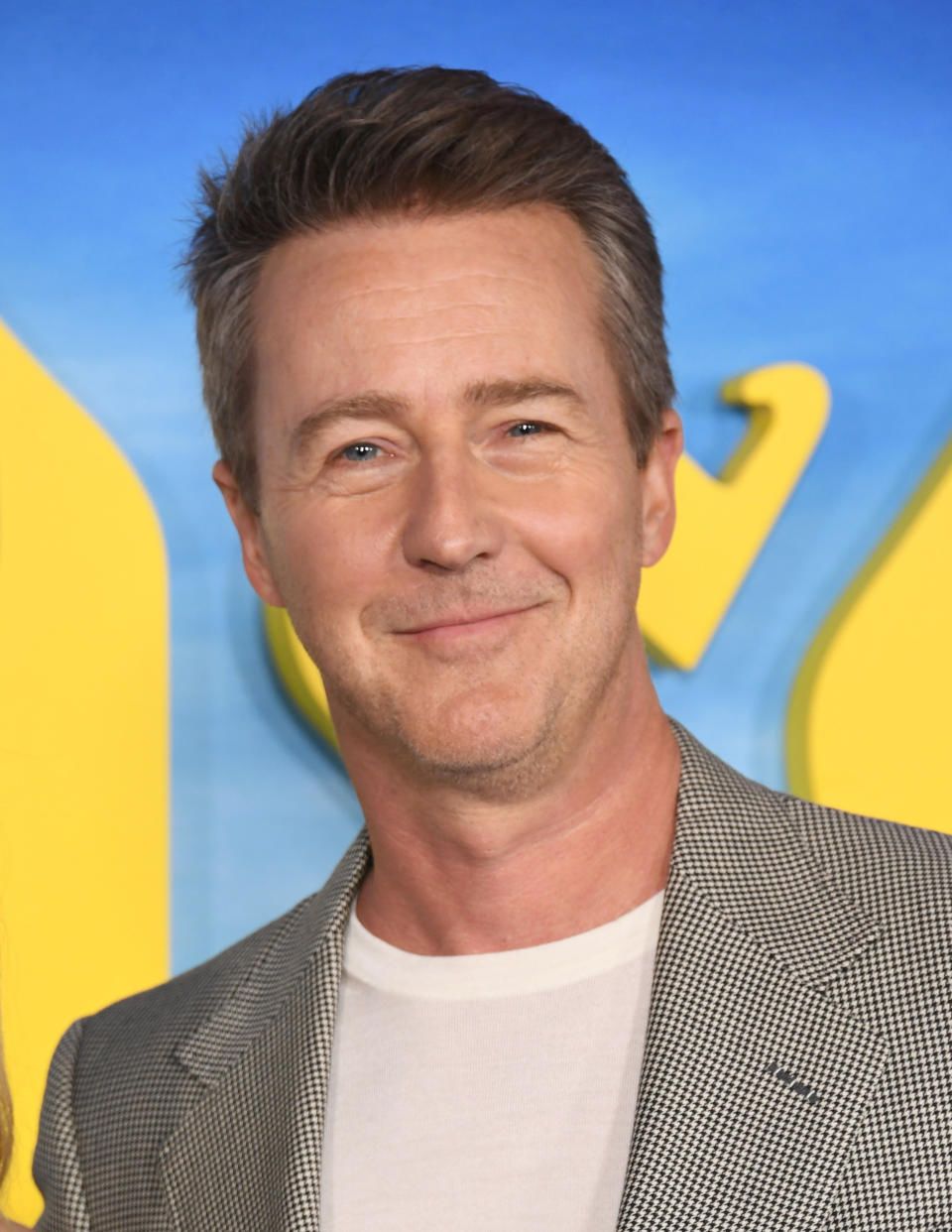
Edward Norton was apparently offered a role direct from Cameron, but whilst the actor was keen, he didn’t want to play a character responsible for destroying Pandora. Norton was such a big fan of the first film and only wanted to play a Na’vi, but Cameron had a human role in mind for him
I wonder if we’ll ever see Norton in any of the planned Avatar sequels instead?

